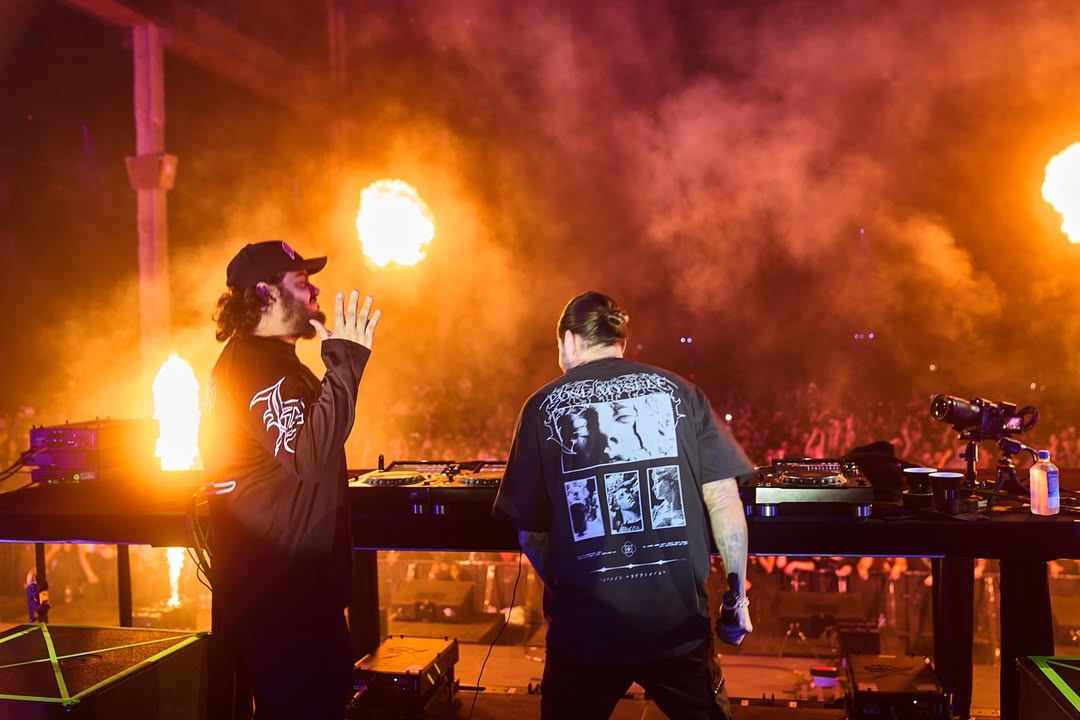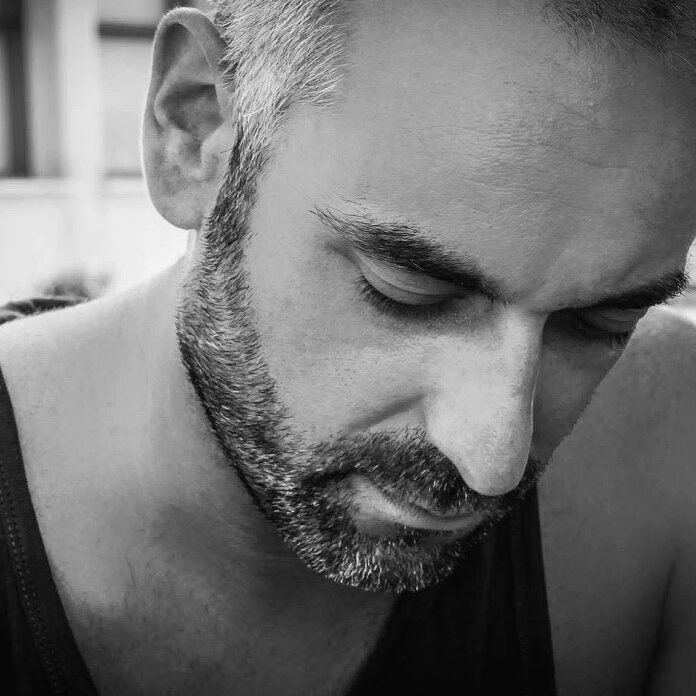On May 6, the manga industry lost one of its most influential trailblazers. Kentaro Miura, the author of the highly regarded dark fantasy seinen manga, Berserk, passed away due to an acute aortic dissection at the age of 54. An outpour of condolences flooded the internet when the news came out on May 20, from both fans of the series to Japanese industry veterans and even players of the MMO, Final Fantasy XIV, who use the Berserk-inspired Dark Knight class.
Kentaro Miura's legacy can not be overstated, but with Berserk left uncompleted, it's left some wondering whether it's worth starting on a series that might never get a conclusion. But Berserk is a beloved series for a reason, and any manga fan who decides against reading its 32-years' worth of stories would be doing themselves a massive disservice.
Anyone who gives Berserk a passing glance from out-of-context GIFs of the anime or panels from the manga might come to think that it's just another edgy, gore-filled battle manga. While Berserk definitely isn't for the faint of heart, to assume the violence is all there is to the series is an incredibly severe reduction of what it is.
Berserk follows Guts, a knight clad in black armor who carries a great sword the size of a steel beam. He's angry and he's cruel and the early chapters paint him as a man who only feels alive when he's killing the monsters that torment him every night. But that's not the case. As the story progresses into the Golden Age arc, more is revealed about what kind of person Guts is and how he became the man he is.
Guts' backstory is one rife with tragedy and trauma, but it's not as though the story hops from one harrowing event to another. There's always a quiet that follows the boom. For example, when young Guts escapes from the mercenary band that raised him and is hit by an arrow in their pursuit, he falls off a cliff. But what follows is a double-page spread of the young boy silently lying under the starry night sky. Guts is cold, scared, and alone -- but he's free. These quiet moments are what set Berserk apart from its many wannabes.
Berserk's true center has always been its characters, three in particular: Guts, Griffith and Casca. This is a trio of flawed people, capable of great good and great harm, driven by their goals but impulsive enough to lose sight of them. The way Miura handled writing them and presenting their story, is exceptionally naturalistic, especially with Guts.
Guts is never portrayed as a beacon of good or a hero of justice, instead, Berserk is a comprehensive history of his life, with all the good and bad and friends and enemies that come with it. Guts is a man raised on the battlefield, the sword he carries is just as much of him as an arm or his heart. It is all he knows and this is what makes the charismatic leader of the Band of the Hawk, Griffith take such an interest in him.
Griffith is essentially Guts' exact opposite, even down to the way he fights with a sword. While Guts has no ambition to speak of, Griffith dreams of one day ruling his own kingdom. Griffith's ambition is also what makes him so unapproachable -- he knows he'll get what he wants, to the point of entitlement, and has no time for those who can't see his vision. Griffith's fascination with Guts is rooted in just how different they are from each other. It's Guts' aimlessness and raw power that Griffith finds so captivating about Guts, to the point that it infuriates his second-in-command, the fearsome Casca.
The only woman in the Band of The Hawk (though this isn't a widely known fact among her peers) Casca worked hard for her place by Griffith's side, only for Guts to show up and steal away all the acknowledgment she was due, but never received. Casca's initial hatred for Guts is understandable, and she's always the first to cry foul when he does something stupid. But this is what makes their relationship feel real, as they slowly grow from constantly butting heads to relying on each other to something more.
Yet, what carries Miura's storytelling from exceptional to without equal has to be his artwork. Miura's art, while renowned for its rich detail, is as expressive as it is lush. Any given panel of Guts' anger or Griffith's coldness has palpable energy to it. His character and monster designs are second to none as well. The monstrosities that Guts encounters throughout Berserk are always terrifying and often outright surreal. But even when the series hits its darkest moments, there's still room for levity, usually thanks to Guts' elf friend, Puck.
All this said, there's still the fact that Berserk might never be finished. While that's a fair concern, what's unfair is the mindset of judging any piece of media based solely on its ending. For any story, the ending is only one piece of it, and getting there is where the story actually happens -- literally. In Berserk's case, an engaging story, believable characters and unique world all add up to 32-years'-worth of manga that's more than worth a read, even without an ending.
Berserk is a story about falling down and, even though the world seems to be getting worse all the time, clawing your way back up anyway. There's always been a message of hope within Berserk -- Guts will be put through the wringer, but he'll keep fighting because giving up would be too easy, it'd be giving his enemies what they want. And in the end, he learns to open himself to people once more, because giving in to his hate and his anger only leads to more destruction.
Kentaro Miura spent 32 years of his life creating Berserk, and at times, he too likely felt troubled either technically or creatively and considered it would be easy to give up as well. But he never did, he kept telling his story. Berserk is worth reading if only to honor that legacy.
About The Author

